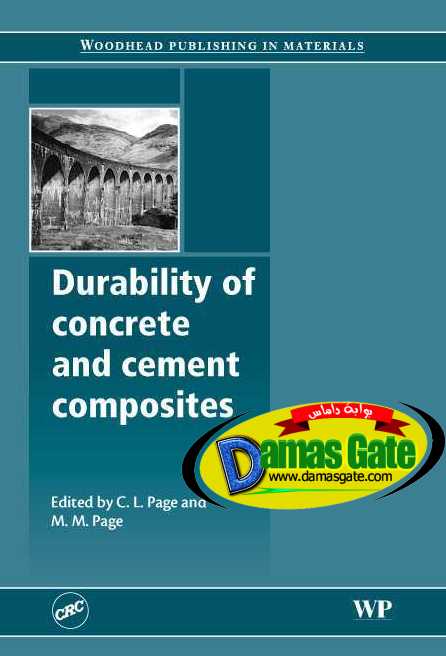Durability of Concrete and Cement Composites

The purpose of this book is to bring together a series of reviews on topics of
current relevance to the durability of concrete and cement-based composites.
One might reasonably ask why such a book is now believed to be needed as
concrete and related materials have been used with outstanding success in major
construction projects for well over two thousand years. Indeed numerous ancient
concrete structures, such as the Pantheon in Rome, and masonry structures with
mortar joints, such as the Pont du Gard Aqueduct near Nõ Ãmes in southern France
(see Fig. 1.1), have survived to the present day in excellent states of preservation.
These and other examples of Roman construction works incorporating
hydraulic cements made from lime and volcanic earth (or similar vitrified
alumino-silicates, known collectively as pozzolanas, after Pozzuoli near Naples
where a natural source of such material exists) have shown remarkable durability
even where they have been exposed to damp, aggressive environments.
An impressive illustration was provided by Davey (1974) whose photograph of
part of a Roman breakwater that had been exposed to the sea near Naples for two
millennia (reproduced in Fig. 1.2), demonstrates that the mortar joints had
endured far more successfully than the now heavily eroded stone blocks which
they had been connecting.
Download
http://s18.alxa.net/s18/srvs2/02/002...Composites.rar